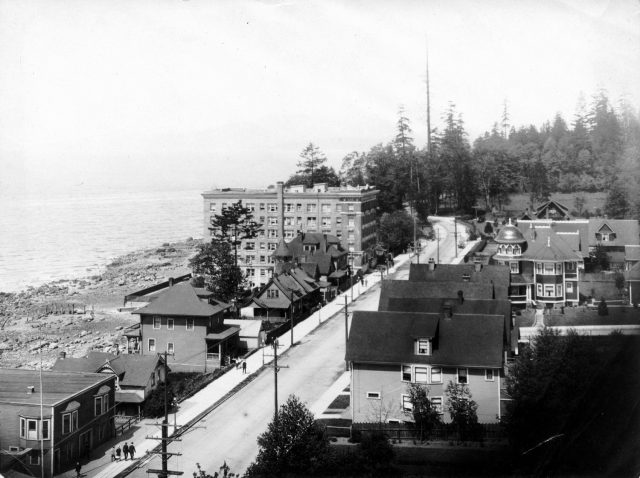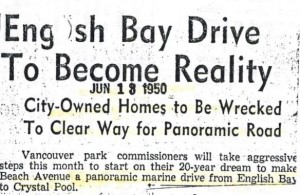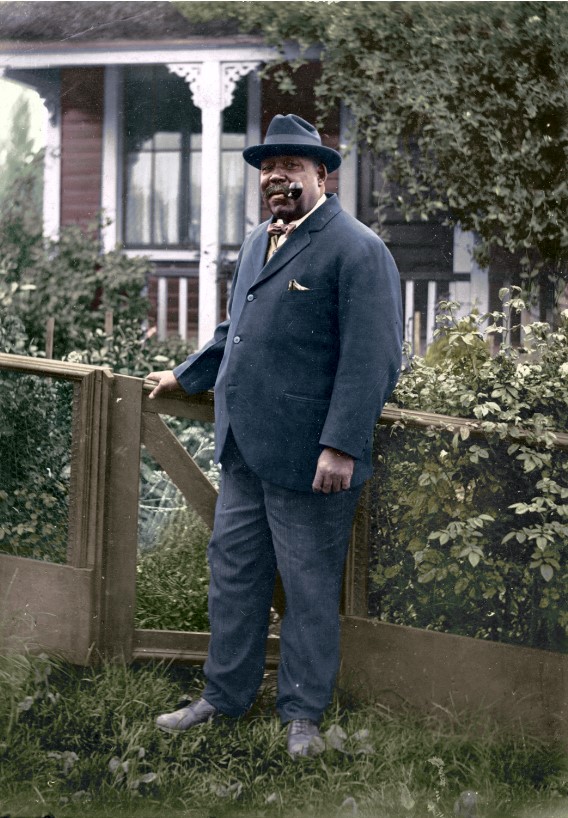The story behind the Wigwam Inn at Indian Arm. A German spy, a gambling joint, a brothel, a midnight raid and a yacht club
I finally got to motor up Indian Arm and see the Wigwam Inn–well from the outside. You can’t get inside unless you’re a member of the Royal Vancouver Yacht Club.
From Vancouver Exposed: Searching for the City’s Hidden History
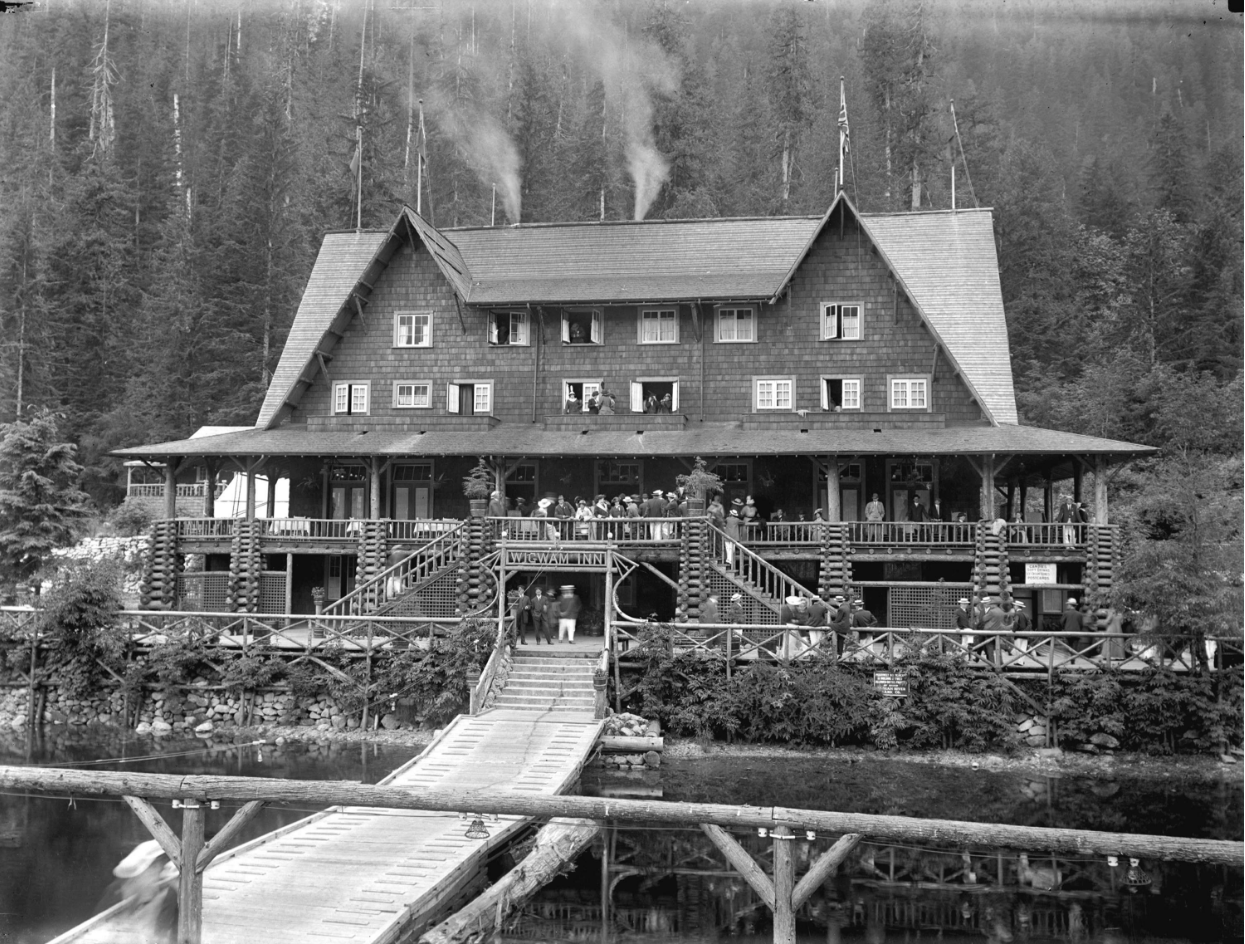
It seems crazy to me that it’s still fairly inaccessible (unless you own a boat), yet in 1910 there were four different sternwheelers taking guests up and down the Arm from Vancouver—the year the Wigwam Inn opened.

Alvo von Alvensleben:
I first “discovered” the Inn about 10 years ago. I was doing some research on Alvo von Alvensleben, an early Vancouver businessman and son of a German count who came to Vancouver in 1904, and not only has a name you couldn’t make up, he’s one of the most fascinating characters in BC’s history. For some reason, he has never rated a biography, so I’ve dedicated a chapter to him in my book At Home with History: the secrets of Greater Vancouver’s heritage homes.
Benny Dickens, an advertising manager for the Daily Province saw potential in creating a resort and bought up a few hundred acres at Indian Arm in the early 1900s. He quickly ran out of money and turned to Alvensleben.
Alvensleben financed the construction of the Dominion Building. His private residence is now part of the Crofton House girl’s school in Kerrisdale, he owned a hunting lodge on Somerset in North Vancouver and houses in Pitt Meadows, Surrey and Washington State that are still known as “Alien Acres” and “Spy House.” It was Alvensleben who made the Inn a reality, turning it into a German Luftkurot (fresh-air resort). At the same time, Alvensleben was also selling lots for $200 to $300, and promising a private boat service to Vancouver that “guaranteed to get business people to the office by 9:00 a.m.”
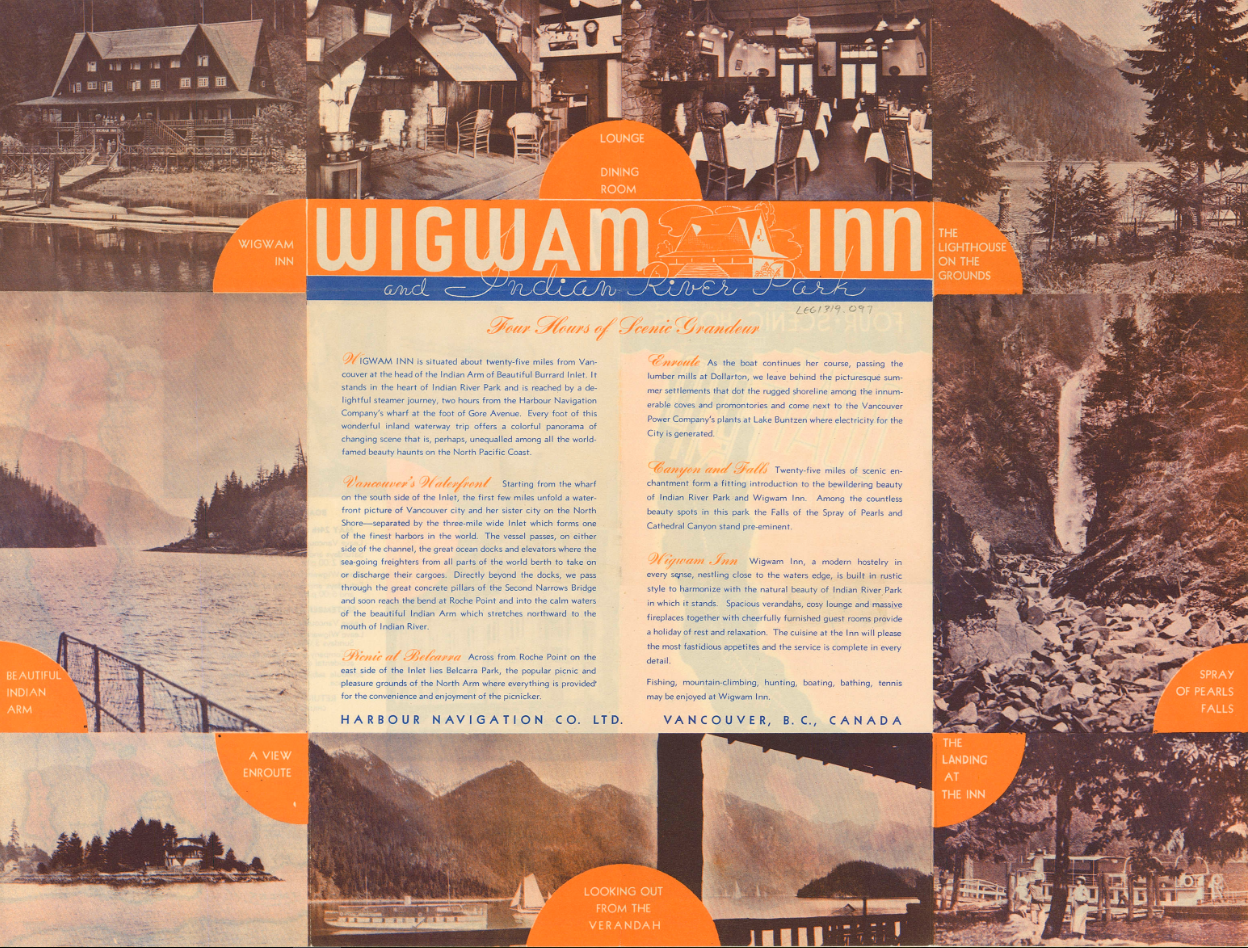
Inn changes hands:
When the war hit, Alvensleben headed to Seattle. The inn which had attracted guests like American millionaires John D. Rockefeller and John Jacob Astor, fell upon tough times after the government seized it in 1914. Over the years, the Inn changed hands many times, and all but disappeared from public view until the early 1960s when William “Fats” Robertson, 34 and his partner Rocky Myers, 30 took control.
In July 1962, Marine Constable Gale Gardener was one of a a couple of boatloads of RCMP officers from the liquor, gambling and prostitution squads, sent up to bust the old resort. They arrested 15 people and uncovered an illegal gambling operation, plates for printing counterfeit money, stolen art and 300 cases of beer. Robertson, and his partner were found guilty of trying to bribe an RCMP officer and received six years in prison. More owners followed until the Royal Vancouver Yacht Club bought the Inn in 1985. Now it’s strictly members only, and there’s no more room at the inn.
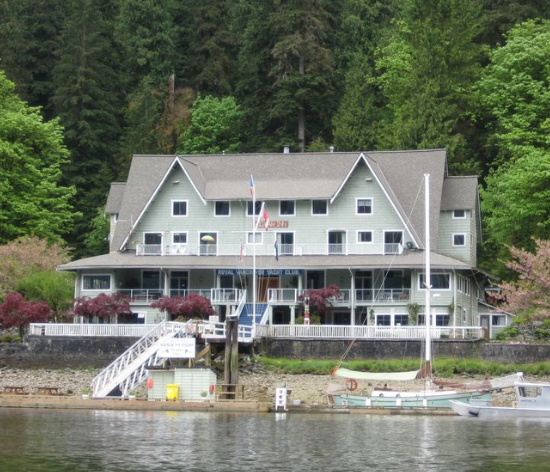
From Vancouver Exposed: Searching for the City’s Hidden History
© All rights reserved. Unless otherwise indicated, all blog content copyright Eve Lazarus.


